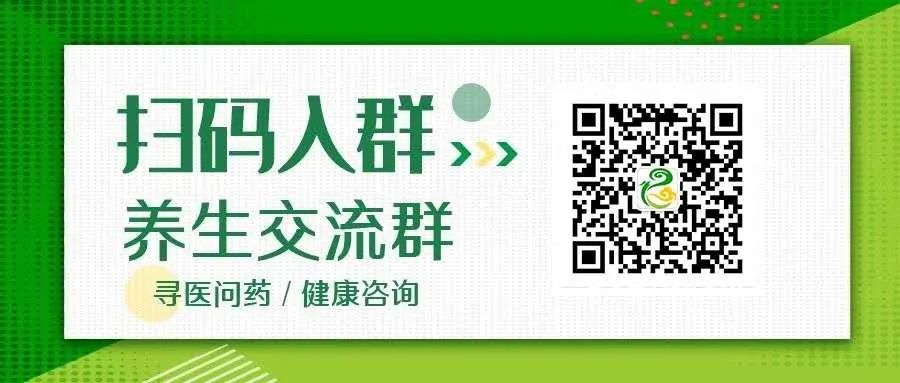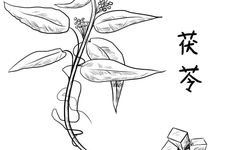This public account is hosted by the Yunnan Provincial Administration of Traditional Chinese Medicine. If you have not followed yet, please click the blue “Yunnan TCM” above to follow.

The digestion and absorption of food in the body rely on the normal functioning of the spleen and stomach. Therefore, whether a person’s health is good or not depends on whether the spleen and stomach function normally.
In daily life, there are many ways to nourish the spleen and stomach, but when it comes to the most “delicious,” it must be—Poria Cocos.
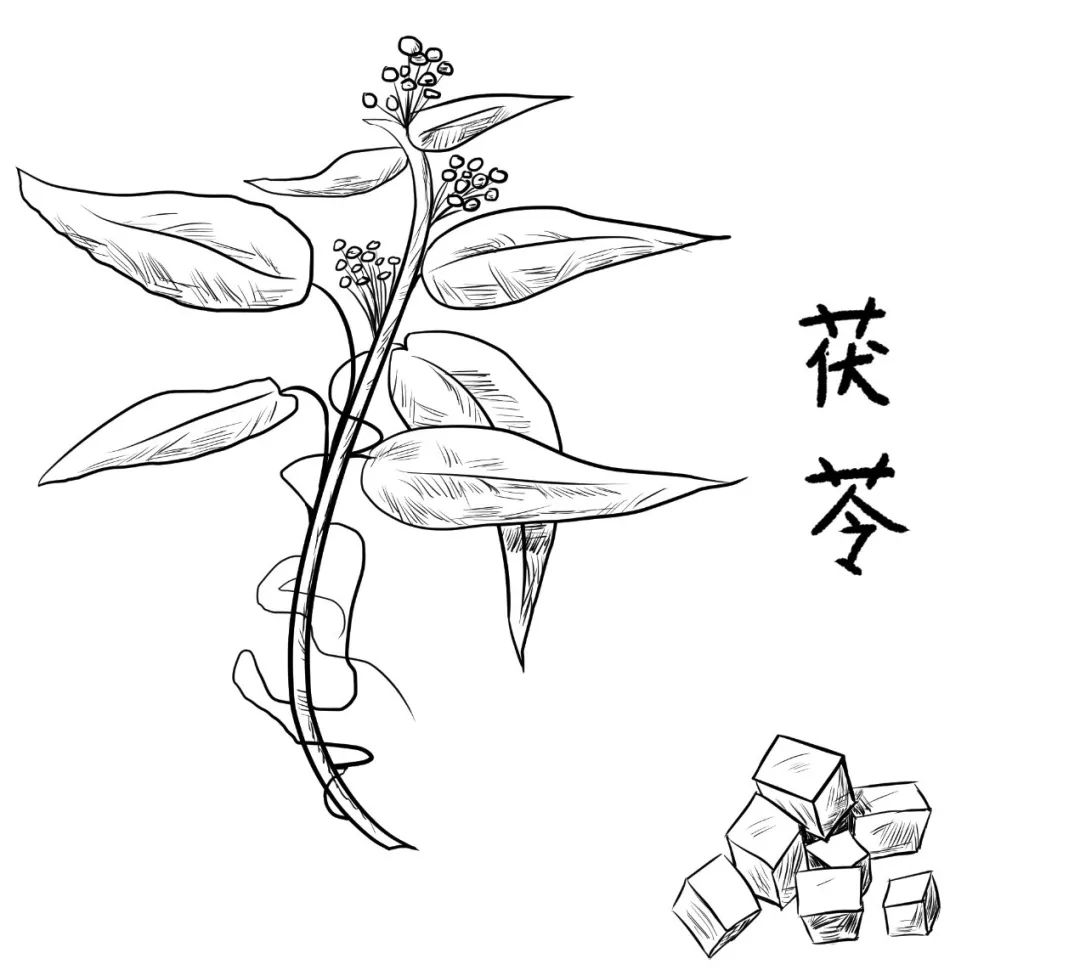

Poria Cocos is one of the “Eight Treasures of Traditional Chinese Medicine”
When it comes to Poria Cocos, many people and families feel particularly familiar with it; it is both a medicinal material and an ingredient, traditionally regarded as one of the “Eight Treasures of Traditional Chinese Medicine,” known for its numerous benefits and the title of “Divine Medicine of All Seasons.”
In China, the use of Poria Cocos has a long history, with records dating back over 2000 years in the text “Huainanzi,” which mentions “the thousand-year pine, beneath which grows Poria.” It is said that once Empress Dowager Cixi fell ill and lost her appetite; the chefs, racking their brains, made a stuffed pancake using Poria powder, combined with pine nuts, peach kernels, osmanthus, and honey.
After eating it, Cixi was very satisfied and often rewarded the ministers in the palace with this pancake. This also increased the value of Poria pancakes, making them a famous delicacy in the palace, which later spread to the common people, leading to the well-known Beijing snack—Poria Pancake.

The Benefits of Poria Cocos
Although Poria Cocos appears unassuming, its benefits should not be underestimated.
According to incomplete statistics, it is the most commonly used herb in over 500,000 publicly circulated formulas from ancient times to the present.
Many people know that Poria Cocos is an excellent herb for strengthening the spleen and eliminating dampness, but what are the actual benefits of consuming Poria Cocos?
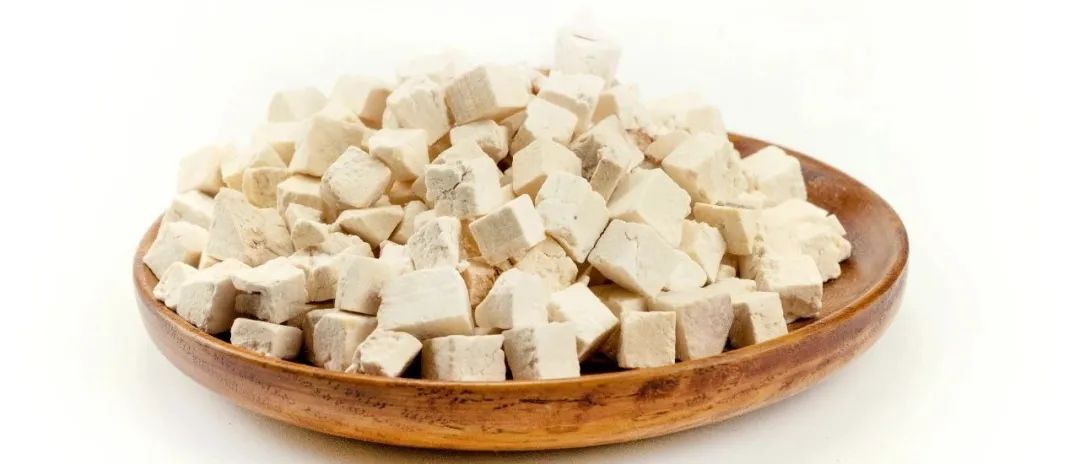
▶ Strengthens the Spleen, Opens the Appetite, Aids Digestion
Poria Cocos, while not a tonic herb, is often used clinically for its spleen-strengthening effects. For those with weak spleen and stomach and poor appetite, it can be paired with ginseng (Ren Shen), Bai Zhu (White Atractylodes), and Shan Yao (Chinese Yam) in dietary therapy to strengthen the spleen, open the appetite, and promote digestion.
▶ Promotes Urination, Eliminates Dampness, Reduces Edema
Poria Cocos has a neutral nature and can be used regardless of cold, heat, deficiency, or excess, excelling at promoting urination and eliminating dampness.
In daily life, some women may experience eyelid swelling in the morning, which naturally subsides by the afternoon; others may experience foot swelling at night due to fatigue and stress; and some hospitalized patients may develop bilateral leg edema that leaves an indentation when pressed. These issues can all be addressed using Poria Cocos as both a medicinal and dietary ingredient.
It is well-documented that Poria Cocos can promote urination and reduce swelling, as seen in the famous formula “Wu Ling San” (Five Ingredient Powder) by Zhang Zhongjing, where Poria is the main ingredient.
Additionally, for those troubled by obesity, especially those who gain weight easily from water retention, consuming Poria Cocos (50-100 grams) boiled in water daily for a month will yield significant weight loss results.
▶ Nourishes the Heart, Calms the Spirit, Treats Insomnia
Poria Cocos has excellent calming properties, allowing those who are often anxious to settle down and improve their sleep.
The “Shen Nong Ben Cao Jing” (Shen Nong’s Classic of Materia Medica) records that Poria Cocos can treat “fright and palpitations,” and “long-term use calms the soul and nourishes the spirit,” referring to its ability to clear the heart and calm the spirit.
The spirit of the heart is the “Shen,” and when the Shen is unsettled, sleep is poor. Poria Cocos can eliminate heart fire through its diuretic properties, calming the heart and stabilizing the spirit, leading to better sleep.Poria Cocos is also included in the famous insomnia formula “Suan Zao Ren Tang” (Sour Jujube Seed Decoction) by Zhang Zhongjing.
However, to use Poria Cocos for treating insomnia, it is essential to purchase the root part, commonly referred to as Fu Shen.
▶ Resolves Phlegm, Eliminates Dampness, Treats Hair Loss
As the ancients said, “All diseases are caused by phlegm,” Poria Cocos can promote urination and eliminate dampness, preventing the formation of phlegm.
The most notable feature of using Poria Cocos to eliminate dampness and resolve phlegm is its safety, as it is neither cold nor hot and has almost no taste, producing a decoction that resembles clear water.
However, it acts like a “natural detergent,” washing away dampness like grease and expelling it through urination.
This is particularly relevant for individuals with seborrheic alopecia, as excessive oiliness is often related to dampness. Using Poria Cocos is a perfect match for this condition!
The renowned TCM physician Yue Meizhong has successfully treated many cases of seborrheic alopecia with Poria Cocos, leading to the spread of this effective formula.
Of course, this simple formula is also easy to use:
Poria Cocos powder, 20 grams, taken three times a day with boiled water, for 1-2 months to see results.

How to Consume Poria Cocos
▶ Yam and Poria Cocos Buns
The Yam and Poria Cocos buns come from the ancient TCM text “Ru Men Shi Qin,” and their benefits include strengthening the spleen, nourishing the stomach, and tonifying the kidneys. They are beneficial for symptoms such as kidney deficiency, frequent urination, nocturnal emissions, and enuresis.
Ingredients:100 grams of yam powder, 100 grams of Poria Cocos powder, 200 grams of flour, 150 grams of sugar, and appropriate amounts of sesame, crushed peanuts, and olive oil.
Method:Soak yam powder and Poria Cocos powder in a large bowl with enough water to form a paste, then steam for half an hour. Add appropriate amounts of flour, olive oil, sesame, and crushed peanuts to make the filling; knead the remaining flour with water to form a dough, let it rise, divide into small pieces, fill with the prepared yam and Poria Cocos filling, and steam until cooked.
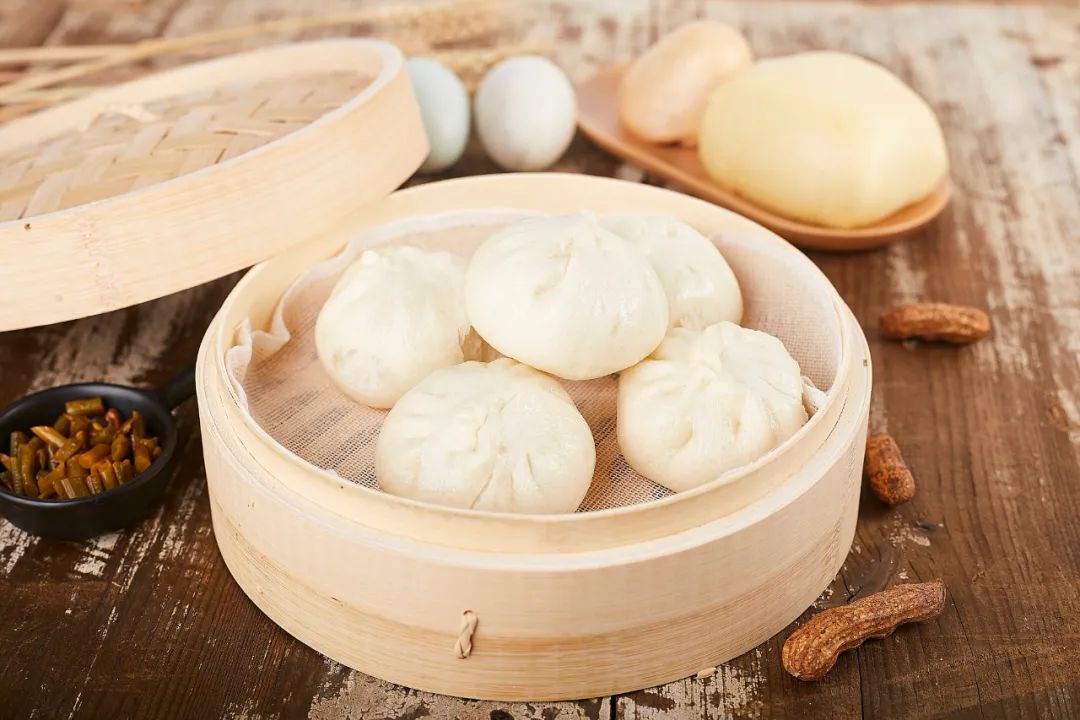
▶ Poria Cocos Cake
Ingredients:200 grams of flour, 15 grams of Poria Cocos, 3 grams of yeast, 3 grams of baking powder, 20 grams of sugar, and appropriate amounts of various dried fruits, and 200 grams of water.
Method:Grind Poria Cocos into powder, mix with flour, baking powder, and sugar, then sift. Mix yeast with water and let sit for about 10 minutes, then pour in and stir to form a thick batter. Place the batter in a warm place to rise until doubled in size. Take a larger container, grease the bottom and sides, pour in the risen batter, sprinkle with dried fruits, and steam for 25 minutes once the water in the steamer is boiling.
▶ Poria Cocos Stomach Nourishing Soup
Ingredients:20 grams of Poria Cocos, 100 grams of fresh Huai Shan (Chinese Yam), 20 grams of Qian Shi (Euryale Seed), 20 grams of lotus seeds, and 250 grams of pork bones.
Method:Clean the pork bones and blanch them, soak Qian Shi and lotus seeds in warm water for 1 hour. Add appropriate water to a pot and bring to a boil, then add the above ingredients and simmer for 1 hour, seasoning to taste.
▶ Poria Cocos Barley Congee
Ingredients:30 grams of Poria Cocos, 30 grams of barley sprouts, and 100 grams of japonica rice.
Method:Wash all the ingredients and place them in a clay pot with enough water, bring to a boil, then simmer to make congee. This congee has the effects of tonifying the middle, benefiting qi, strengthening the spleen, and eliminating dampness, especially suitable for those with loose stools, diarrhea, and post-meal bloating.
▶ Poria Cocos and Chestnut Congee
Ingredients:15 grams of Poria Cocos, 15 chestnuts, and 100 grams of japonica rice.
Method:Remove the shell and skin from the chestnuts, and place them with the washed Poria Cocos and japonica rice in a clay pot with enough water, bring to a boil, then simmer to make congee. This congee has the effects of strengthening the spleen, tonifying the kidneys, and eliminating dampness to stop diarrhea, especially suitable for those with weak spleen and stomach, reduced appetite, and loose stools.
Currently, there are many counterfeit Poria Cocos products on the market; here are some simple ways to identify the real from the fake to avoid being deceived.
Since Poria Cocos looks like a lump of white dough, many counterfeits are made by mixing starch.
Genuine Product:Generally has a smooth and fine surface. When chewed, it has a very mild taste and a sticky feeling on the teeth.
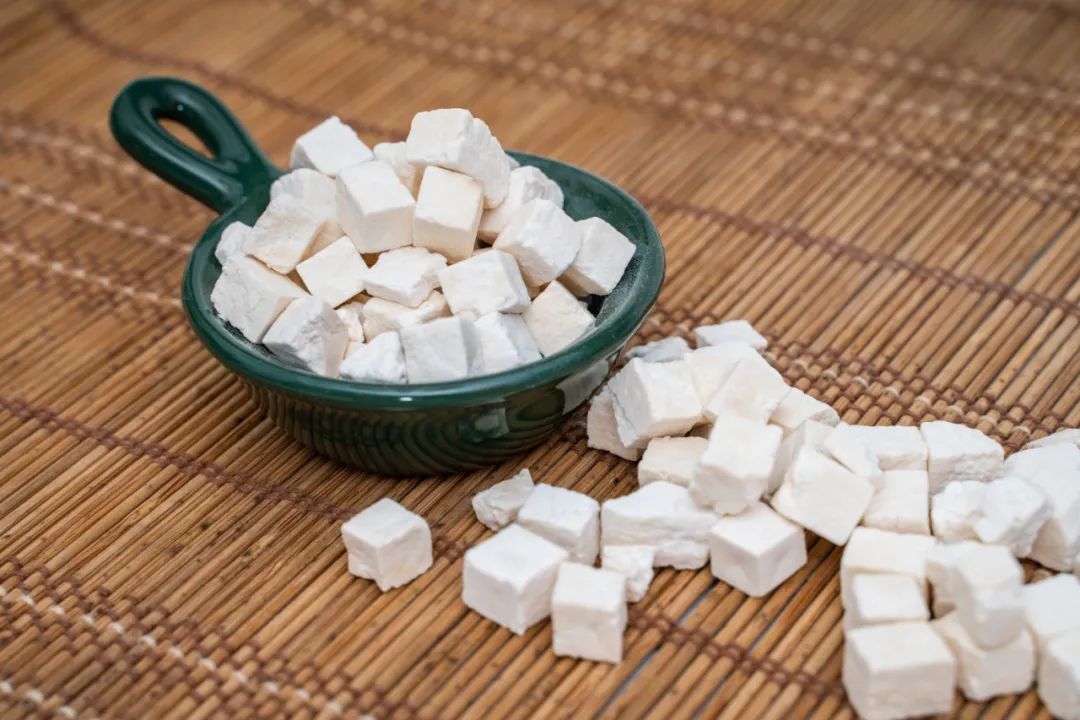
Counterfeit Product:Generally has a granular texture and is loose. If scratched with a fingernail, starch granules will fall off, and when chewed, it will have a sweet taste without a sticky feeling, and is prone to insect infestation or mold.

Special Review by: Peng Shiyu
Attending physician, Deputy Director of the Binchuan County Traditional Chinese Medicine Hospital, with a bachelor’s degree in TCM, graduated from Hunan University of Chinese Medicine in 2007. He is the academic heir of Master Zhang Zhengguo, a key figure in the inheritance of TCM clinical techniques in Yunnan Province in 2014, a member of the Pulmonary Disease Professional Committee of the Yunnan TCM Association, and a member of the Gynecology Professional Committee of the Dali Prefecture TCM Association, with 9 published academic papers.
Specialties:Menstrual disorders, leukorrhea disease, ovarian cysts, menopausal syndrome, pediatric colds, coughs, neonatal jaundice, pediatric tic disorders, pediatric mesenteric lymphadenitis, urinary stones, stomach pain, cervical spondylosis, lumbar spondylosis, and other diseases; skilled in using “Huang Di Nei Zhen” to treat various symptoms such as soreness, numbness, distension, and pain.

Scan to Consult
Copyright StatementThis article is selected from Health China,published and recommended by Yunnan TCM, with copyright belonging to the original author.Editor: Ma Chunli
